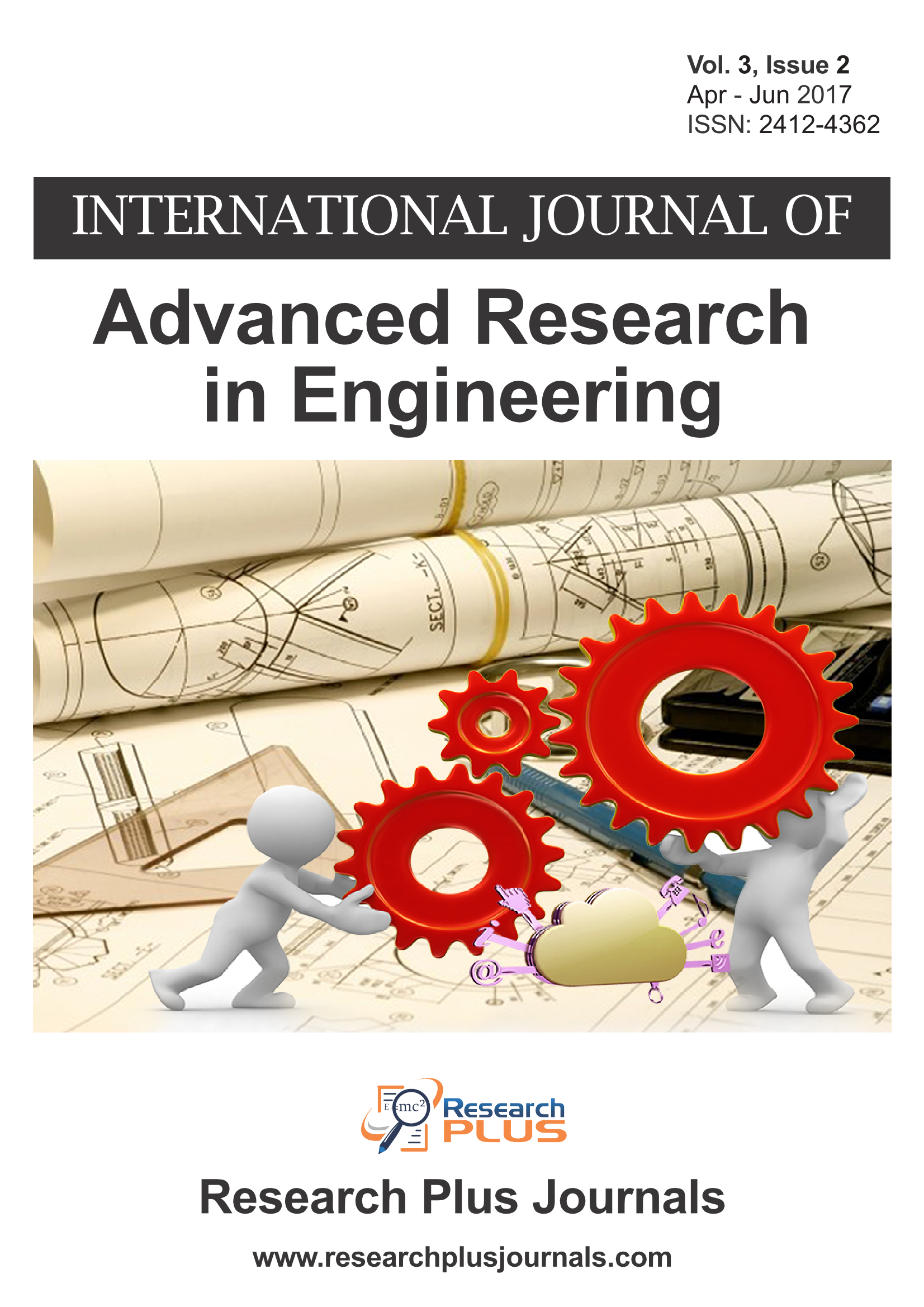Examining the Effects of Advanced Cutting Methods on Surface Porosity of Aluminum Foam Material
Abstract
Abstract—In this study, the aluminum foam material having two different pore structures was obtained. These materials were cut using advanced cutting methods (waterjet and wire erosion). And then, the porosity levels of the cut surfaces were examined depending on the cutting method applied. In order to ensure the equal measurement, the rate of feed was set to 40m/min. The porosity measurements were repeated for 6 times in parallel and vertical to cutting surface, and the mean value of those measurements was calculated. There were also problems with the two cutting methods. Both methods require additional processing. In terms of continuity of the cutting process, water jet is more advantageous. Water jetting in high and medium pore specimens yielded better results in places parallel to the cutting surface. It was the result of water jetting better at places that are perpendicular to the cutting surface.
Key words: Aluminumfoammaterial, Advanced cuttingtechniques, Pore, Surfaceroughness.

This work is licensed under a Creative Commons Attribution-ShareAlike 4.0 International License.
Copyright & License
All Research Plus Journals (RPJ) publish open access articles under the terms of the Creative Commons Attribution (CC BY-SA 4.0) https://creativecommons.org/licenses/by-sa/4.0/ License which permits use, distribution and reproduction in any medium, provided the original work is properly cited & ShareAlike terms followed.
Copyright on any research article in a journal published by a RPJ is retained by the author(s). Authors grant RPJ a license to publish the article and identify itself as the original publisher. Upon author(s) by giving permission to RPJ either via RPJ journal portal or other channel to publish their research work in RPJ agrees to all the terms and conditions of https://creativecommons.org/licenses/by-sa/4.0/ License and terms & condition set by RPJ.
3rd party copyright
It is the responsibility of author(s) to secure all necessary copyright permissions for the use of 3rd-party materials in their manuscript.
Disclaimer
Research Plus Journals Open Access articles posted to repositories or websites are without warranty from RPJ of any kind, either express or implied, including, but not limited to, warranties of merchantability, fitness for a particular purpose, or non-infringement. To the fullest extent permitted by law RPJ disclaims all liability for any loss or damage arising out of, or in connection, with the use of or inability to use the content.
















